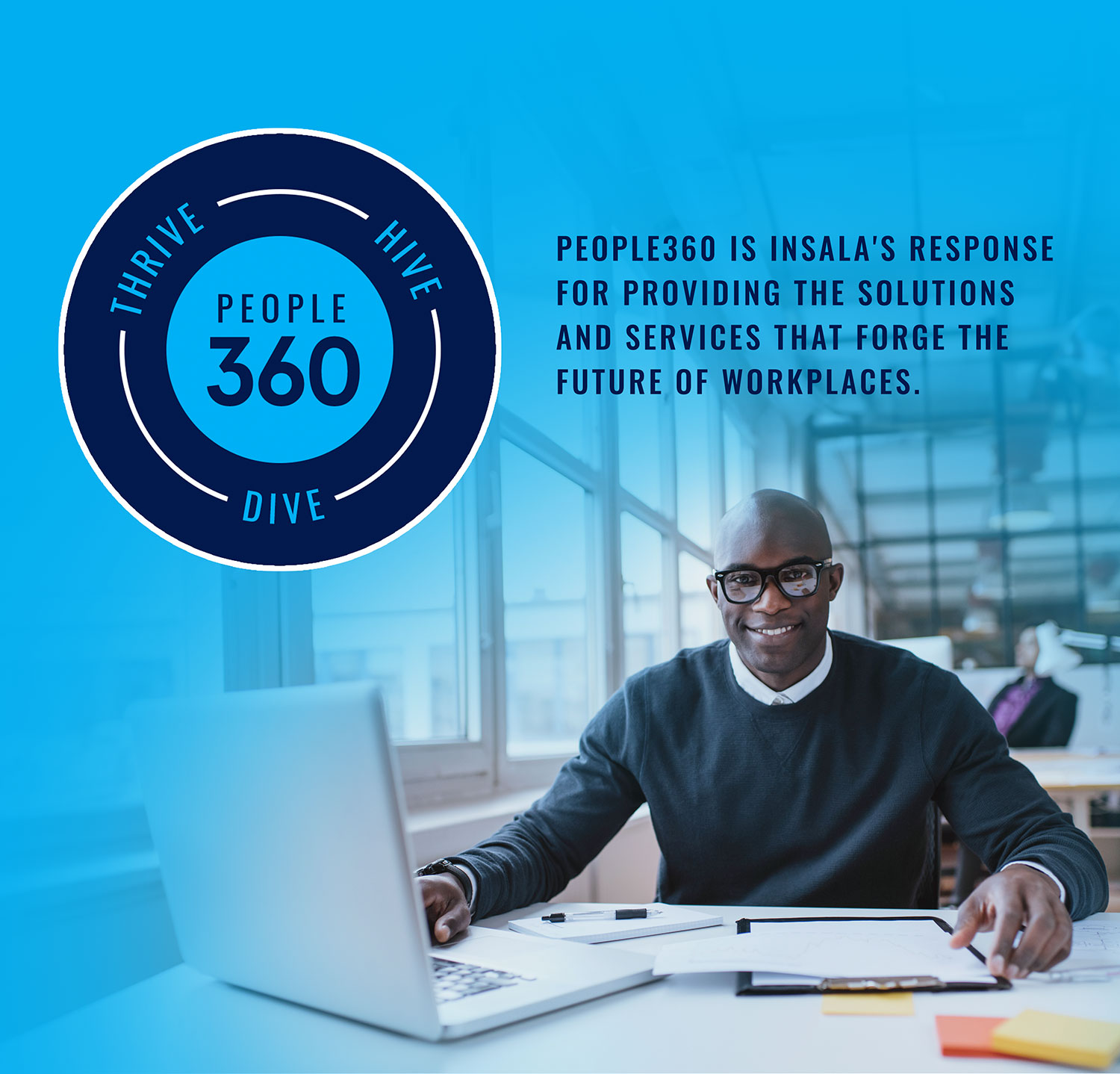How AI Enhances Employee Productivity & Workplace Efficiency
The Role of AI in Enhancing Employee Productivity & Workplace Efficiency
Read more
The most successful companies aren’t focusing only on what is happening today. They are always looking to the future and developing strategies to be on top. The growing skills shortage is threatening long-term economic success forcing organizations to identify and develop the untapped talent internal to their business.
High potential employees, or HIPOs, are described as having the potential, ability, and aspiration to hold successive leadership positions in an organization. To put it simply, these employees are your future leaders. They excel in their current roles and possess the characteristics necessary to fill a leadership position. They also show that they can overcome obstacles and have a desire to grow their career.
Other HIPO characteristics include:
Studies have found that HIPOs are 50% more valuable to an organization than other employees and exhibit 21% higher productivity levels. They are also known to contribute 91% more effort in achieving business goals. These stats speak directly to the importance of understanding what a high potential employee is and how to identify them.
With the right strategies in place, identifying your high potential employees becomes part of your business process. When developing your identification process, be sure to keep the following information top of mind:
At times, managers and HR professionals overestimate their ability to identify HIPOS. That is why is important for you to define the clear criteria needed to consider an employee as high potential. These criteria should include the behaviors, achievements, and KPIS that you consider high potential. You should also consider the criteria needed to be a successful leader in your organization.
High potential criteria can include:
These criteria should be communicated to your managers so that they have a clear understanding of how to successfully identify HIPOs.
Many organizations have made the mistake of only focusing on performance when identifying their high potential employees. While high performers are just as valuable to your organization as HIPOS, there are significant differences between these employees. In fact, studies suggest that only 30% of high performers are actually high potential employees. This is because 90% of high performers have difficulty adjusting to the higher levels of responsibility required to lead.
The differences between HIPOS and High Performers include:
Keep these differences in mind when creating the criteria for your organization to identify high potential employees.
Your HIPOs are aware that they are excelling in their position and in your organization. It is your responsibility to identify their strengths and weaknesses and create a development plan that matches their individual potential. If you do not take the time to develop them, HIPOs will wonder if anyone has noticed their potential and seek other career opportunities.
Simply providing a career development program for HIPOs, isn’t enough. You must provide the guidance and support to help them to meet their potential. The following best practices should be considered when developing your high potential employees:
Implement a Coaching Program. Coaching is another effective way to develop your high potential employees but is quite a bit different from mentoring. Coaches are assigned to coachees and programs are typically targeted at high potential employees. Coaching engagements, like leadership coaching, are intended to support behavior change that will improve effectiveness.
Investing in your high potential employees by supporting their career development needs, you will reaffirm their potential and motivate them to continue to excel at your organization.


The Role of AI in Enhancing Employee Productivity & Workplace Efficiency
Read more
How People360 AI Transforms Workforce Management with AI-Driven Solutions
Read more
How to Use Data to Foster Personal Growth and Career Development in Your Employees
Read more
Building Professional Communities Within Organizations
Read more
Experts To Follow In The Diversity & Inclusion Space Diversity & Inclusion (D&I) is essential to the growth, prosperity, and ...
Read more

People360 is a pioneer and industry leader recognized by Global 1000 and Fortune 500 companies and associations internationally, for 28+ years as a leader in Career Management, Mentoring, Coaching, Career Transition, Alumni Software solutions and People Analytics.
© 2025 People360. All rights reserved. Privacy Policy